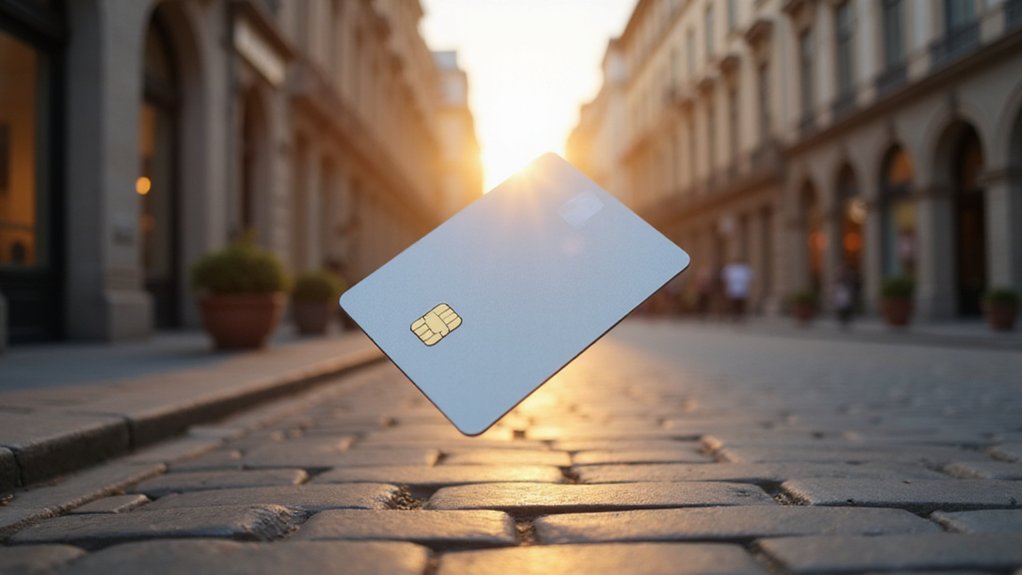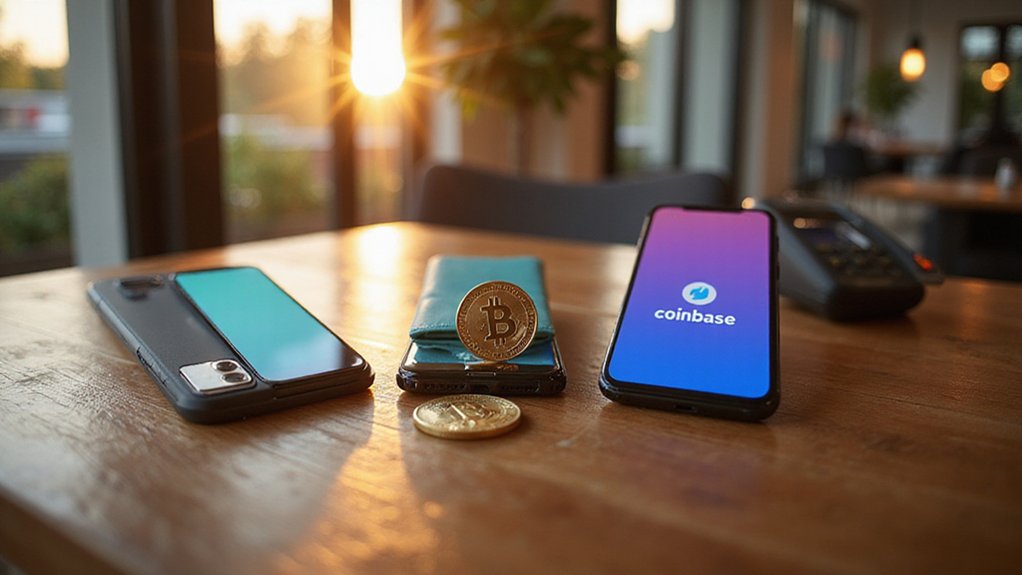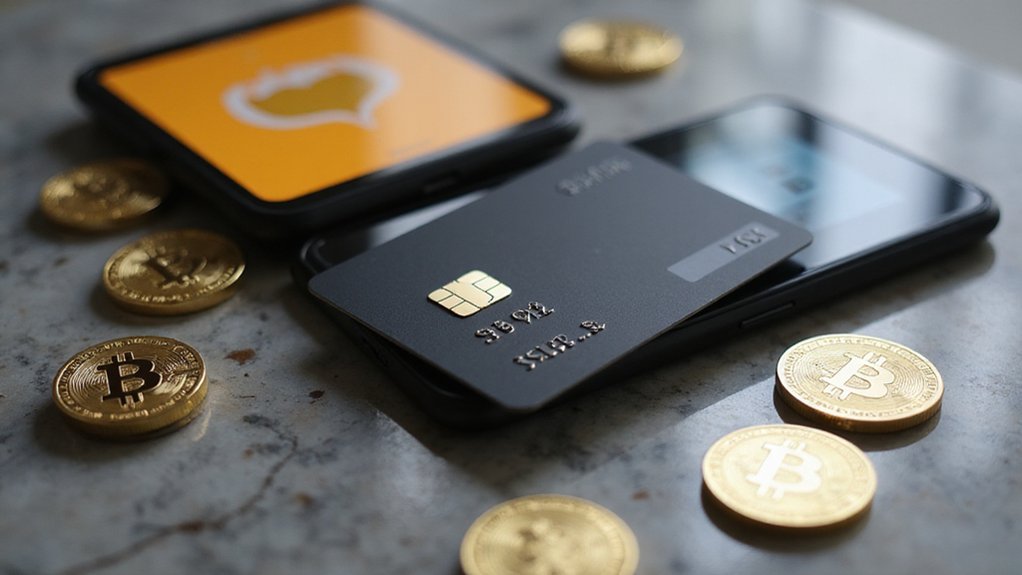While traditional banks grapple with the existential threat of digital disruption, crypto cards have quietly established themselves as Europe’s newest financial darling, posting a robust 15% surge in new orders during the first half of 2025. This meteoric rise signals more than mere novelty-seeking behavior—it represents a fundamental shift in how Europeans approach everyday commerce.
The data reveals a fascinating paradox: nearly half of crypto card transactions hover below €10, transforming what were once trivial cash purchases into digital currency statements. Tech-savvy consumers, apparently unburdened by the philosophical implications of buying coffee with cryptocurrency, have embraced these cards for the same mundane activities that once required fumbling for loose change.
The irony is palpable—revolutionary blockchain technology deployed to purchase groceries and transport tickets.
Stablecoins dominate this landscape, powering 73% of transactions with the kind of price stability that would make traditional currency advocates wonder why they needed crypto cards at all. Yet consumers demonstrate remarkable confidence in diversifying beyond stable assets, routinely spending Bitcoin, Ethereum, Litecoin, and Solana on routine expenses.
The message is clear: digital assets have transcended speculative investment vehicles to become legitimate spending currencies.
Online transactions comprise 40% of crypto card usage—nearly double the eurozone’s 21% average for traditional cards—suggesting these users represent Europe’s digital payment vanguard. This shift represents part of the broader DeFi movement, which uses smart contracts to facilitate financial services without traditional intermediaries like banks. Providers like CEX.IO, Crypto.com, and Oobit report robust spending across essential categories, indicating mainstream acceptance rather than niche adoption. Dining establishments now witness crypto card holders spending significantly more than average consumers, with dining and bar transactions comprising 19% of total crypto payments—well above typical in-person dining patterns.
Traditional banks find themselves in an uncomfortable position, watching crypto cards deliver near-instantaneous processing with minimal fees while their own micro-payment systems lumber along with higher costs and slower settlement times. Some institutions, particularly Barclays, have responded by banning crypto transactions entirely—a defensive maneuver that risks alienating precisely the demographic driving payment innovation.
The competitive implications are stark. Crypto cards challenge banks’ historical dominance over small-value transactions through superior user experience and cost efficiency.
As digital natives increasingly view cryptocurrency spending as routine rather than revolutionary, traditional financial institutions face an uncomfortable choice: adapt to this new reality or risk obsolescence among Europe’s most financially engaged consumers.









